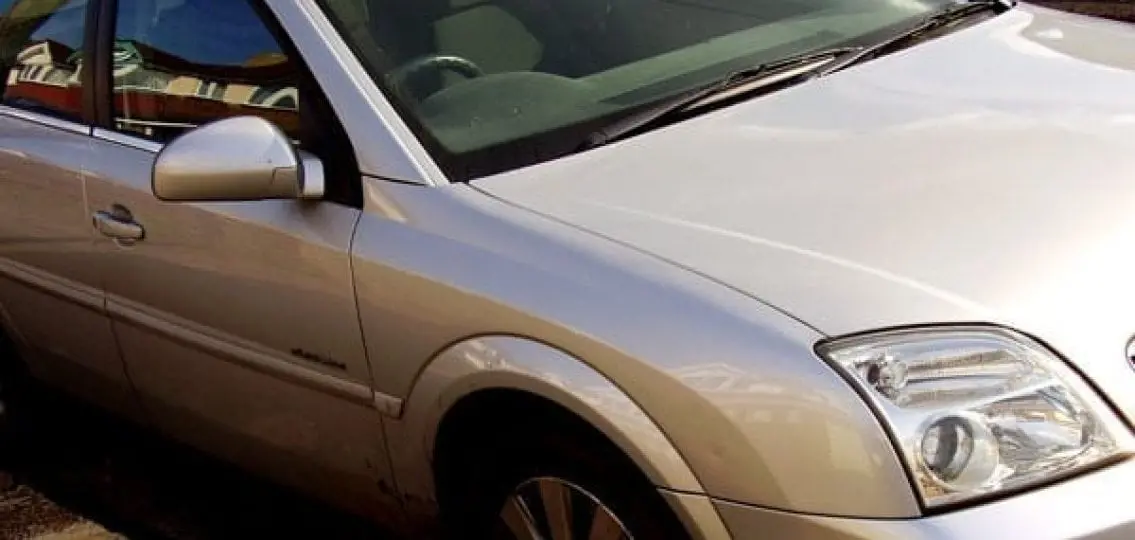Got a new driver? Then these young driver car insurance tips can help save you money.

You may know already that insuring a young driver is expensive. Our insurance rate doubled when we added our 16-year-old daughter to our policy. If you’re insuring your teen soon, now is a good time to research costs.
Car accidents are the leading cause of death for teens ages 16 to 19, according to the Centers for Disease Control and Prevention. Teens are three times more likely to be involved in a fatal crash than people ages 20 and older. And boys are more of an insurance risk than girls for several reasons. Boys have a greater likelihood to speed, not use seat belts, and not identify hazardous situations. Sixteen-year-old boys cost the most—an average increase to a family’s policy of 109 percent. But all young drivers represent risk for insurance companies, according to InsuranceQuotes.com.
We asked experts for their top car insurance tips for new drivers. Here’s what we found out.
Young Driver Car Insurance: 6 Tips For New Drivers
1. Shop for discounts.
You may be eligible for certain discounts: 1) If your teen has at least a 3.0 grade point average, or 2) Your teen resides at boarding school or college 100 or more miles away without a car. (Rates and rules vary by state.) You can also save money with low annual mileage, higher deductibles, and bundling with other policies. Some policies allow a teen to be insured on just one car—which also means the child must only drive that one car.
Start with your insurance agent and ask whether you’re getting every available discount, suggests Jeanne Salvatore, senior vice president of the Insurance Information Institute. “It’s important to take into consideration the service you’re getting with your current insurer,” she says. “If you’ve filed a claim and you were pleased with the service, take that into account.” But also compare rates on a site like InsuranceQuotes.com, or enlist the help of an insurance broker.
2. Involve your teen.
Young drivers have no idea what auto insurance costs and why. Florida personal injury attorney Michele Ross understands it well and recommends making cost a family conversation. “Have your teens go through the quoting process with you so they understand how expensive it is,” she says. Getting them involved also helps them understand the relationship between safe driving and insurance rates. Consider making good grades a prerequisite for driving privileges, or requiring your teen to pay his portion of insurance.
3. Require driver’s education.
My state requires driver’s ed classes for students under 18 to be eligible for a license, but not all states do. Statistically, however, students who take driver’s ed are less likely to have an accident because they’re better prepared for the road. Driver’s Ed classes can also save on insurance rates.
4. Add your teen to your policy.
Generally, insuring a teen on your policy is less expensive than buying a stand-alone policy because teens benefit from your preferred rates. However, Ross says it’s always worth asking about both. To save further, skip letting a teen have her own car (which will be much more expensive to insure).
5. Drive less expensive cars.
“High-performance or more expensive cars will be more expensive to insure,” Salvatore says. “Balance those considerations with having a car that’s easy to drive and protects the occupants.” (Note: Experts also caution that teenagers shouldn’t automatically get the old family car, which may not be as safe as a newer model.)
6. Delay the license.
For every year older your teenager is, your rate decreases slightly. When your teen does hit the road, she’s a smidge more mature. But keep in mind, teens benefit from lots of practice behind the wheel, so don’t delay too long. You’ll want your teenager to earn a license while you can still
supervise the process.
| [adrotate banner=”99″] |
Other Policy Changes to Consider
1. Increase liability insurance.
Your auto insurance policy will also include liability insurance, which helps pay for any damage your teenager may cause to another person (this is called bodily injury) or their property. Every state except New Hampshire requires motorists to have a minimum amount of liability insurance. But those minimum amounts are often inadequate. For example, in Ohio, the minimum amount required for bodily injury is just $25,000 per person ($50,000 per accident). The amount for property damage is just $25,000 per accident. Consider if your teenager is at fault in a major accident. Those amounts would be unlikely to cover all the costs, which means you will have to pay the rest out of pocket.
Increasing your liability coverage can offer peace of mind, doesn’t cost a lot, and could cost you less in the long run if your teenager does cause a major accident. How much is enough? Ross recommends $100,000 each in bodily injury, property damage, and uninsured motorist coverage (which covers you if your child gets into an accident with a driver who has no insurance). But since rules vary so much by state, it’s best to speak with a local agent who knows your situation.
2. Purchase an umbrella policy.
Adding a teen driver to your insurance is also a good time to purchase an inexpensive umbrella liability policy. In the case of a car accident, umbrella liability covers any costs not covered by your auto insurance liability limits. For example, say your teenager causes a serious accident and you settle a lawsuit for $500,000. Your auto insurance pays up to its limit, say $200,000; the umbrella insurance will pay the remaining $300,000. Again, speak with a local agent about how much umbrella insurance is enough for your family.

3. Increase your deductible.
A final idea in our roundup of young driver car insurance tips: consider raising your deductible on your premium. However, savings vary by state—anywhere from 6 to 29 percent—and may not be great enough to warrant a change. Again, check with your agent.





